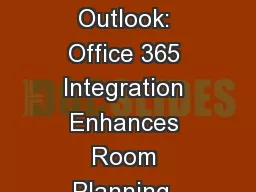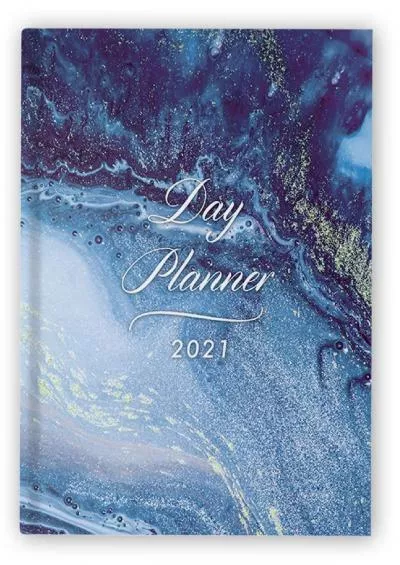PPT-Last Planner
Author : pamella-moone | Published Date : 2015-09-25
National Capital Region Community of Practice Victor Sanvido Southland Industries Matt Bruening Southland Industries 1 Agenda Introductions Parade of Trades
Presentation Embed Code
Download Presentation
Download Presentation The PPT/PDF document "Last Planner" is the property of its rightful owner. Permission is granted to download and print the materials on this website for personal, non-commercial use only, and to display it on your personal computer provided you do not modify the materials and that you retain all copyright notices contained in the materials. By downloading content from our website, you accept the terms of this agreement.
Last Planner: Transcript
Download Rules Of Document
"Last Planner"The content belongs to its owner. You may download and print it for personal use, without modification, and keep all copyright notices. By downloading, you agree to these terms.
Related Documents




![[EBOOK] - Teacher Planner: Lesson Planner for Teachers Weekly and Monthly | Academic](https://thumbs.docslides.com/905635/ebook-teacher-planner-lesson-planner-for-teachers-weekly-and-monthly-academic-year-lesson-planner-for-teachers-and-homeschool-61c0085502ac0.jpg)
![[READ] - Nursing Student Planner 2020 Nurse Planner: Great Calendar Weekly And Monthly](https://thumbs.docslides.com/905906/read-nursing-student-planner-2020-nurse-planner-great-calendar-weekly-and-monthly-nursing-school-academic-planner-nursing-sc.jpg)





![[BEST]-Busy As Fuck: 5 Year Monthly Planner For Women | Five Year Planner | 60 Monthly](https://thumbs.docslides.com/978351/best-busy-as-fuck-5-year-monthly-planner-for-women-five-year-planner-60-monthly-calendar-schedule-with-funny-sweary-quotes-sweary-planner-black-floral-design-large-print-8-5-x-11-inches.jpg)
![[DOWNLOAD] Sloths Gift: Sloths Planner 2022: Personalized Graduate 4 Years New Planner](https://thumbs.docslides.com/1005567/download-sloths-gift-sloths-planner-2022-personalized-graduate-4-years-new-planner-for-sloths-lover-teacher-nurse-doctors-employees-students-women-men-monthly-weekly-planner-2022.jpg)